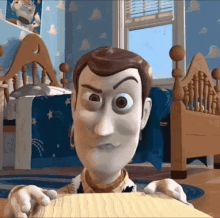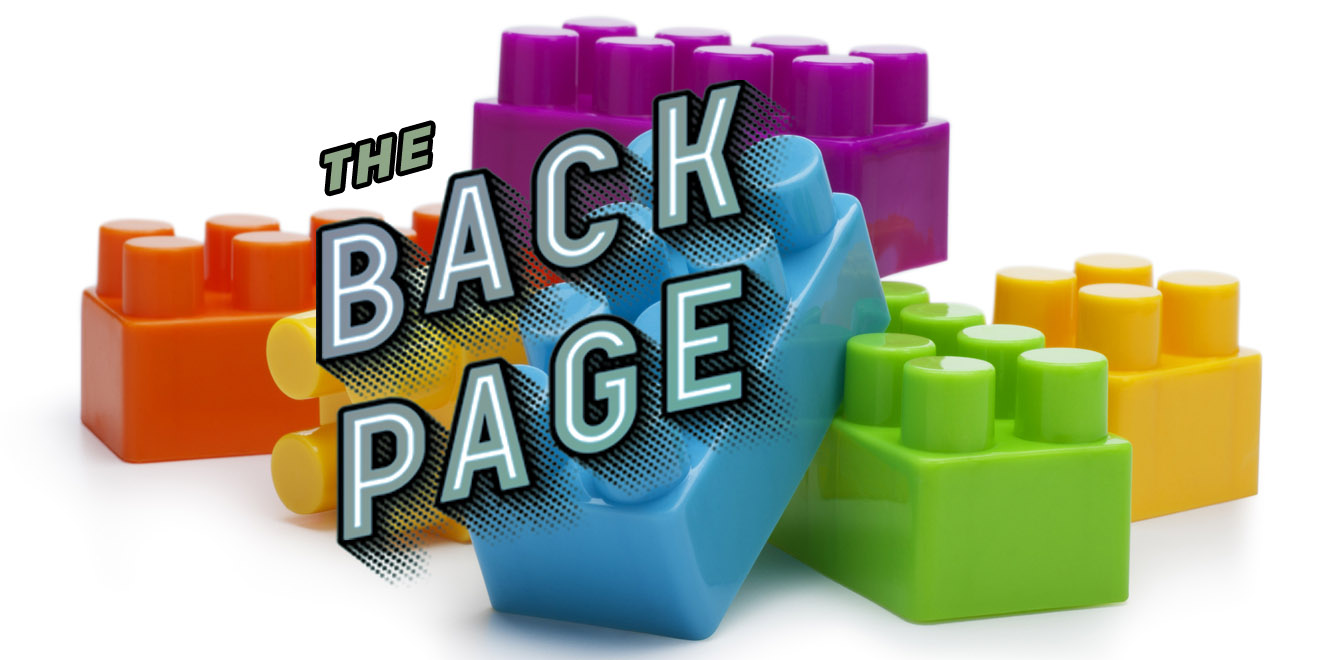The plastic toys your kids are playing with contain ‘chemicals of concern’.
Plastic toys contain 126 ‘chemicals of concern’, a review of the global literature suggests.
Researchers from the University of Denmark and the University of Michigan examined 25 peer-reviewed studies and found concerning levels of toxic chemicals in plastic toys worldwide.
Given that an average of 18.3 kg of plastic toys are introduced into a household per child (yes, that is an actual statistic quoted in the paper), these substances “pose a non-negligible health risk to children”, the researchers said.
The researchers couldn’t say whether these chemicals actually cause health problems in children because this requires a very sophisticated kind of modelling that takes into account just how often children stick their toys in their mouths.
(This is more formally termed a “mouthing exposure model” in their paper published in Environment International.)

“Whether children are exposed to a particular chemical-material combination will depend on the use of a chemical in material used for specific toys that are ultimately purchased.
“As a result, we are currently unable to evaluate risk at the level of actual toys or toy materials, instead we provide information at the level of chemical-material category combination,” the researchers said.
Parents should be looking to buy more eco-friendly alternatives, the researchers said.
The aim should be “to reduce the amount of new toys introduced into our households every year,” the researchers said.
“This is also supported by a recent study showing that the quality of children play is negatively influence by the abundance of toys, and that fewer toys may help toddlers to focus better and play more creatively.”
If you see something stupid, say something stupid … Knitted bears, porcelain dolls and wooden train sets can be sent to felicity@medicalrepublic.com.au.


